Starting a new business is always tough, there are so many unknowns, so many things that can go wrong, and most importantly is the problem you’re solving an urgent problem that the right target audience is willing to pay for right now?
That’s the main thing that people usually get wrong, you can start out by building something that “scratches your own itch”, but the total addressable market in that situation at least from the outset is: 1. This creates a bigger issue, that you might not want to tackle down the line, educating your potential customers on a problem they have yet not identified.
It’s much harder to sell a product/service that someone might not yet know is a problem for them, than is addressing an existing pain point that people are actively searching for to solve.
So if you’re willing to drop your ambition to turn you ideas into reality in the hopes of generating revenue, there’s an easier path to success.
Gathering Ideas
The internet is full of existing profitable micro-saas businesses, you just have to look in the right spots.
I’ll go based on the ones that give you the most insight and behind-the-scenes insights, to the ones that are less transparent way of finding profitable niches.
Broker Marketplaces – Acquire.com
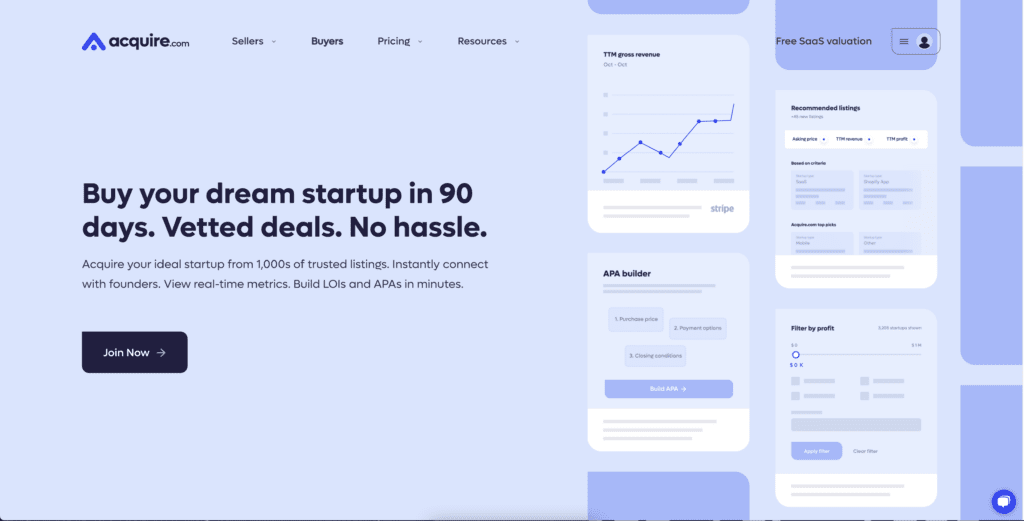
App Marketplaces – Shopify.com
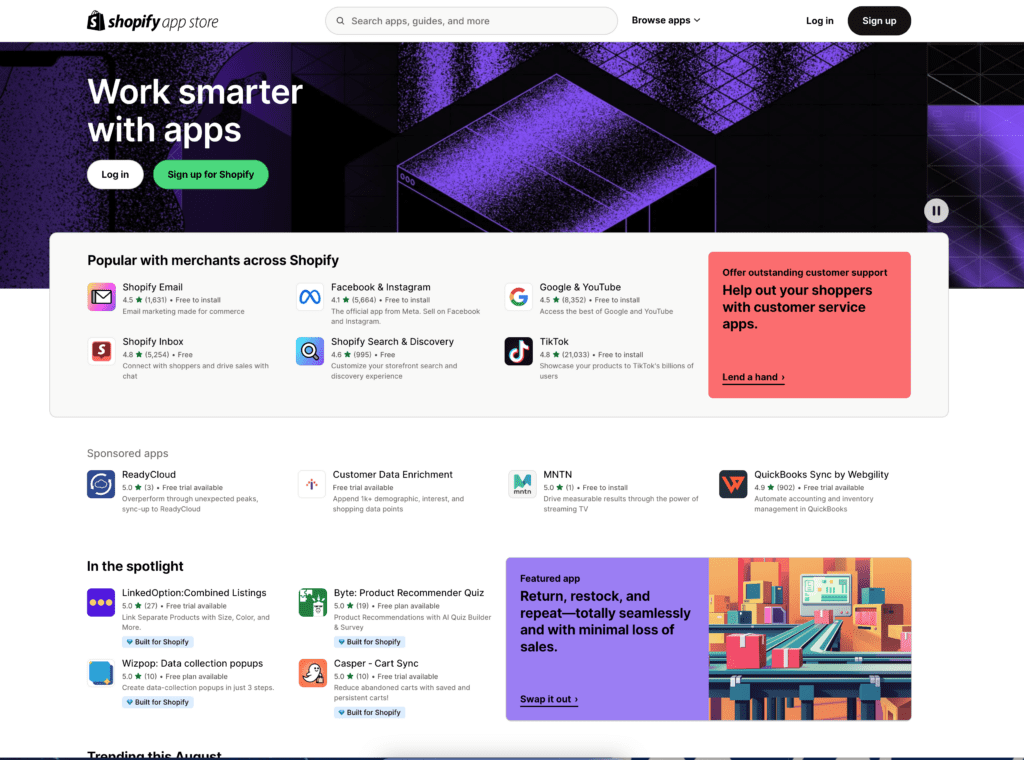
Software Review Sites – G2.com
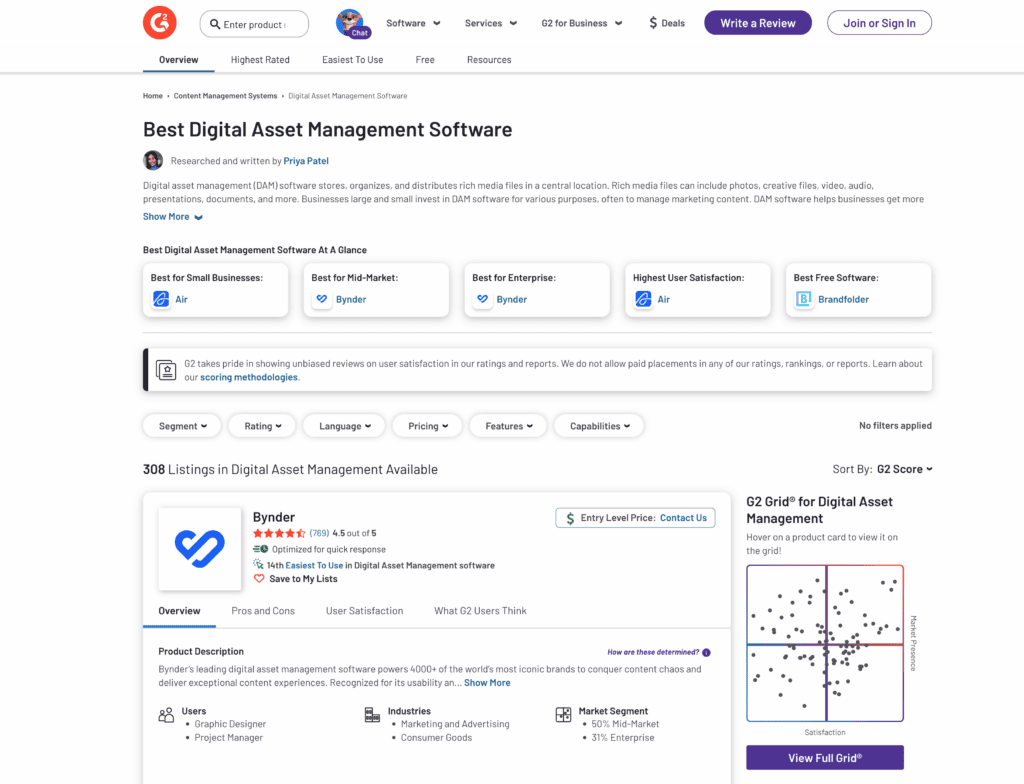
These are some example questions you want to ask yourself when gathering notes on those ideas:
- What are the core features?
- What are the things missing?
- What could they be executing better?
- How do they get traffic?
- How do they target their customers?
After gathering at least 10 to 20 different saas ideas, we’ll move to the next stage which is matching them to a set of pre-determined criteria that match your own preferences.
Competitive Analysis Tools:
KeywordsEverywhere
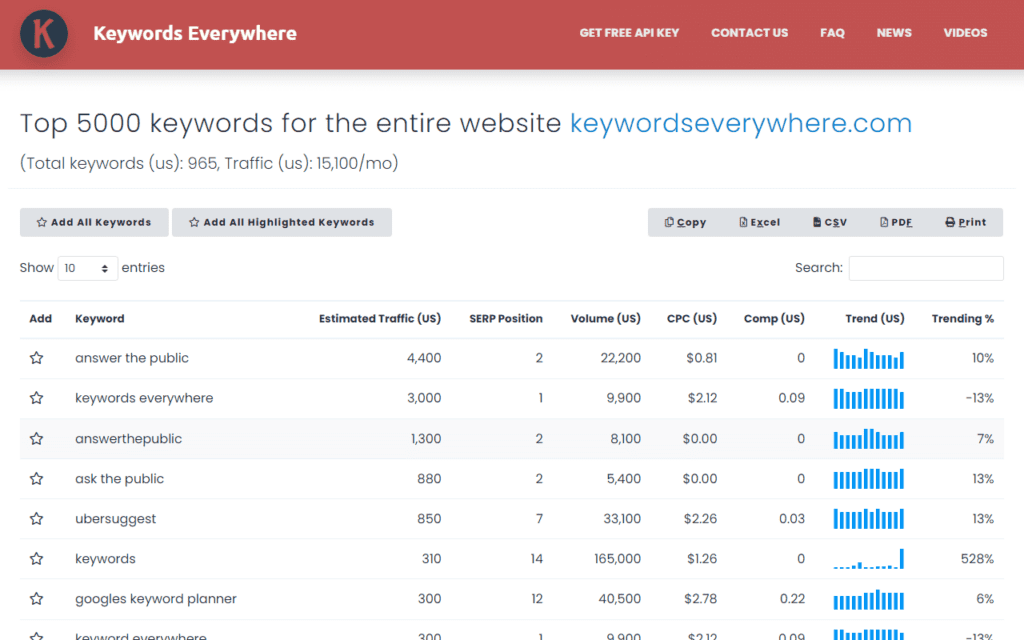
- https://keywordseverywhere.com – a low-cost alternative to tools like SEMRush or aHref, it only works as a Chrome extension, but for 80% of the work it does the job great, you pay per use so no monthly billing
Facebook Ads Library
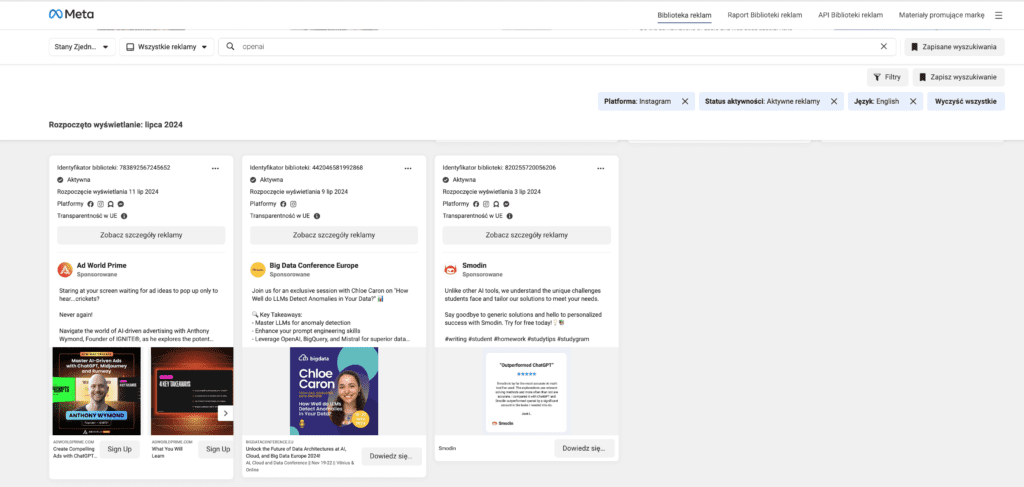
- https://www.facebook.com/ads/library/ – to get insights on what ad creatives your competitors are coming up with, and what phrases they use in their copy, Facebook offers a free tool that allows you to view any company on its platform and their Ad Library
SimilarWeb
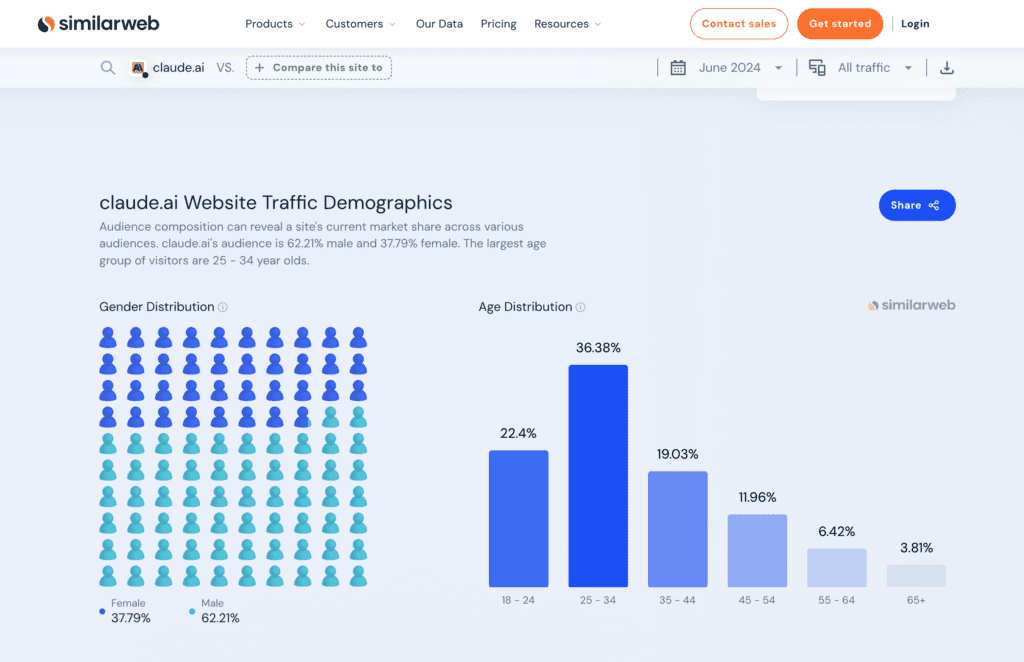
- https://www.similarweb.com/website/ – SimilarWeb offers a peek behind someone’s estimated traffic data analytics, valuable insights on top traffic sources, demographics, PPC ads they’re buying etc.
BuiltWith
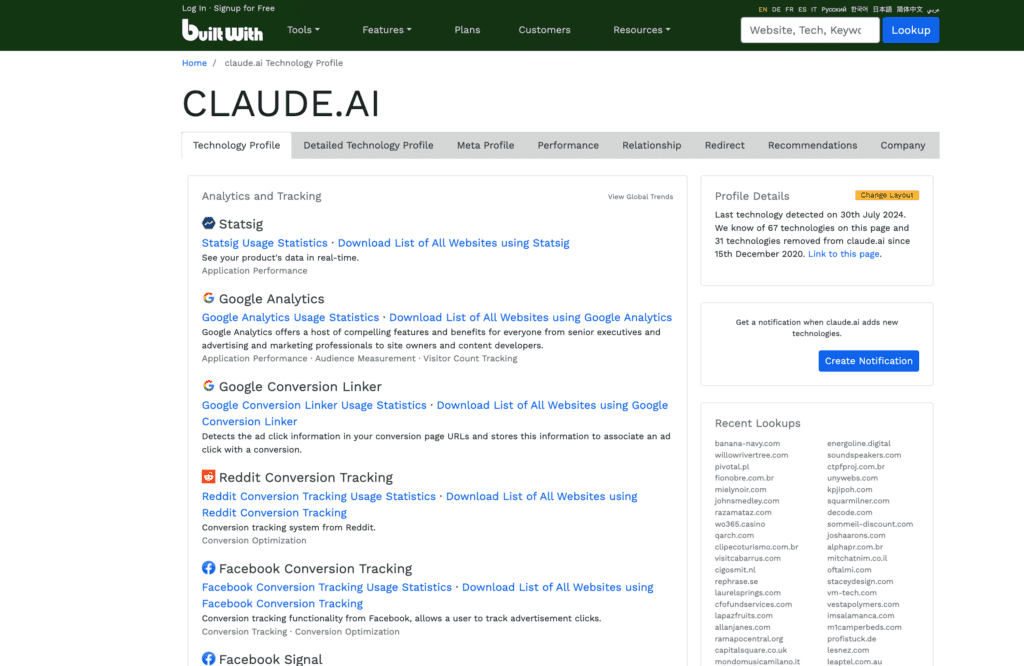
- https://builtwith.com – if you want to see what techstack a competitor is using, or what 3rd party tools a potential customer is using, all you have to do is punch in the domain and BuiltWith will give you all the info. It’s a great tool to discover potential clients when you’re a service integrator.
Selecting the Right One
Since I’m a big fan of using frameworks to wrap my head around certain topics, below are 4 fundamental ones to get you started:
Go To Market in a Nutshell
Ideal Customer Persona
This should include demographic information, job roles, challenges that a person experiences, and goals that are looking to achieve.
Value Proposition
Clearly define the unique value your product offers to each target segment. This should be based on how your product solves specific problems better than competitors.
Messaging and Positioning
Position your product in a way that highlights its unique benefits and aligns with the customer’s needs.
Demand Generation & Marketing Channels
Have a rough idea of what channels your competition is using to reach their customers. Starting with one marketing channel in the beginning is hard enough, no matter if its: inbound, outbound, ads, SEO, partnerships, affiliates, or sales.
Pricing & Modeling
Pricing is a whole science and there’s countless takes on how to approach it. The general sentiment I share with some people I’ve consulted on projects with, it charges more than you think.
But from a high-level perspective, here are a couple of questions to answer:
- Lowest Cost or Premium Pricing solution?
- Self-serve or done for you onboarding?
- Recurring billing or Pay up front?
2-2-2 Method
Jordi Bruin gave a great talk at iOS Conf SG 2023, which became my favorite way of thinking about how can I slice up the app idea into smaller chunks. The reason I like is so much, is checking if you create momentum before you even write the first line of code. Since momentum allows you to continue getting through the stages of validation much faster, this framework serves as a great tool to ensure that what you’re looking to build isn’t too cumbersome for a solo indie hacker.
TL:DR;
You have a time limit on different stages of building out your idea:
- 2 hours – Is it possible?
- 2 days – Is it usable?
- 2 weeks – Is it launch able?
The Value Ladder by Russell Brunson
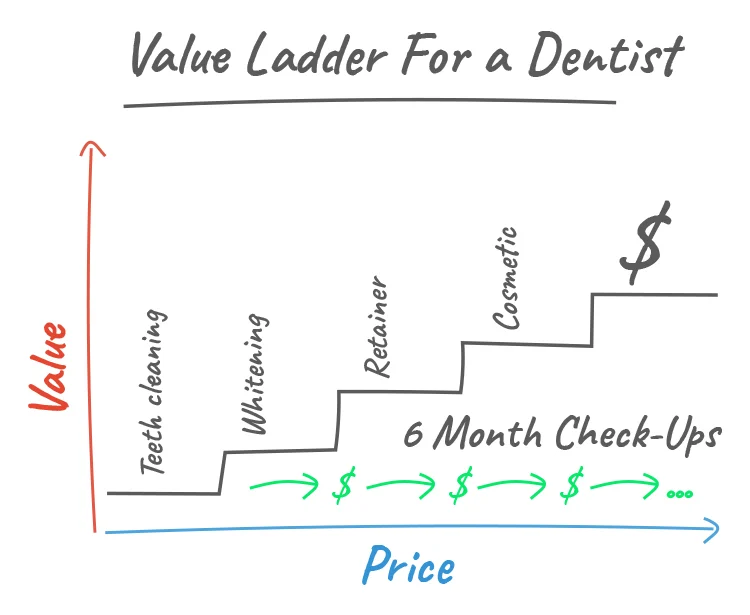
The Value Ladder is a foundational concept in Russell Brunson’s “Dotcom Secrets,” representing the sequence of offers a business provides to its customers, increasing in both value and price.
A simple example would be:
Marketing SaaS App
1. Lead Magnet: Free guide on marketing automation for course creators.
2. Tripwire Offer: $49.99 Marketing Audit Report.
3. Core Offer: $97/month subscription for the full-featured marketing automation platform.
4. Profit Maximizer: $1,997 advanced training and setup package.
5. Continuity Program: $199/month VIP membership for priority support and advanced features.
TL:DR;
Do you know how to stack your offering at various stages of the customer purchasing journey, so they keep wanting more?
Personal Criteria aka Non-negotiables:
- Min. $30/mo pricing on the lowest pricing tier.
- Not heavily platform dependent (exp: Buffer).
- Addressing a specific pain, not the whole workflow.
- It’s close to the money (Lead Generations vs HR software).
- Founder x Market Fit, do I want with this market in the long term.
Customer Insights
The biggest mistake I’ve done early in my career was focusing on market research, mapping out the whole strategy and product requirements, and then just shipping the product.
Over the past 10 years, since my switch to product management, the biggest takeaway is talking to potential customers, before writing the first line of code.
Customer discovery is a major component of the responsibilities of a product manager, where there’s established processes and a large supporting organization to actually make it a smooth process.
It entails, defining objectives and hypotheses, identifying and segmenting target customers, recruiting participants, conducting interviews and gathering insights, analyzing and synthesizing data, validating assumptions, communicating findings, and translating insights into product strategy.
What it really boils down to is, you want to talk to at least 20 people that you identified as your potential ICP before writing the first line of code.
A good primer on how to avoid getting false data from these interviews would be the book “The Mom Test” by Rob Fitzpatrick. The book emphasizes asking non-leading questions, focusing on the customer’s life and problems instead of pitching ideas. It provides actionable advice on structuring conversations to uncover genuine insights, validating business ideas, and effectively refining product concepts based on real user needs and pain points, ultimately aiming to help entrepreneurs build products that people truly want.
I can’t stress this enough, don’t move forward on building anything until you speak to enough people in your target audience to gauge if you’re on the right path.
Validation === $$$
I believe that the only form of validation is when people are willing to hand you money. Interviews, offers of intent, or gamified waitlists have their time and place, but nothing quite solidifies that you identified a burning customer problem & put the right solution in front of them, quite like that willing to part with their hard-earned money.
I don’t mean, people saying they’ll pay you once you ship your product or once you introduce this or that feature. I mean NOW.
Just to turn it up a notch, we’ll be asking customers for money on a product they can’t use yet, but have seen demos of it only.
Why make it harder for yourself at this point?
Well, because building software is the easy part, the most expensive and time-consuming, but in comparison to setting up a good foundation for all efforts that will follow a launch, it’s the easiest part (trust me, I worked as a developer and a product manager for the past 14 years).
But how can you charge someone before you actually have the product?
Why would they trust you and why would they give you money for something they can’t use right away?
Pre-sales are the name of the game and the best example of it, in platform form is Kickstarter.
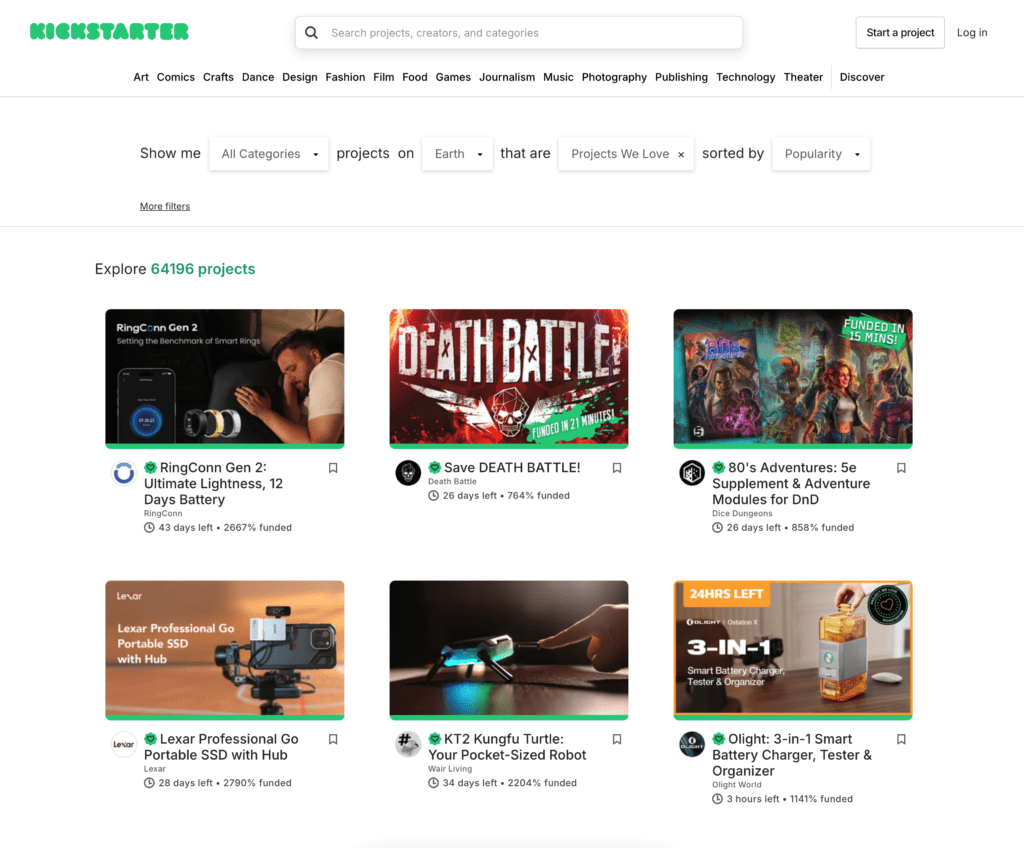
You fund projects that you’d like to materialize in the real world. The main thing holding people back in most cases is that Kickstarter projects on occasion don’t deliver in the end, or the quality between the demo and the final shipped projects is way off.
Now when applying this to software sales, you have a couple of core components to make a pre-sale a compelling offer, that at the same time delivers value, leverages FOMO, and gives people assurance that their money is safe.
Core components of a pre-sale:
- Offer only a full-year subscription.
- Deep discount your plan for early buyers (-50% off).
- Offer no questions asked money-back guarantee.
- Limit it in time.
- For every X customers purchase, the discount is reduced.
- Stack the offer, offer your personal time in form of onboarding, office hours etc.
Press Go =! Launch
There’s no big red button to press and the marketing machine starts churning out leads.
Get started on marketing as soon as possible.
This means having a landing page, lead magnet, and a 5 email sequence before you start talking to people.
Submitting your App to ProductHunt isn’t launching.
Posting to a single thread on Twitter isn’t launching.
It’s the continuous daily effort, of replying in discussion forums, sending out DMs, creating Ad campaigns, writing articles that address your customers’ pain points or securing backlinks to your site that will move the needle.
